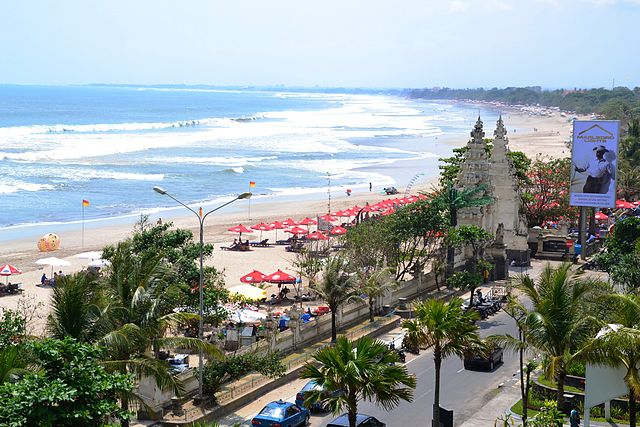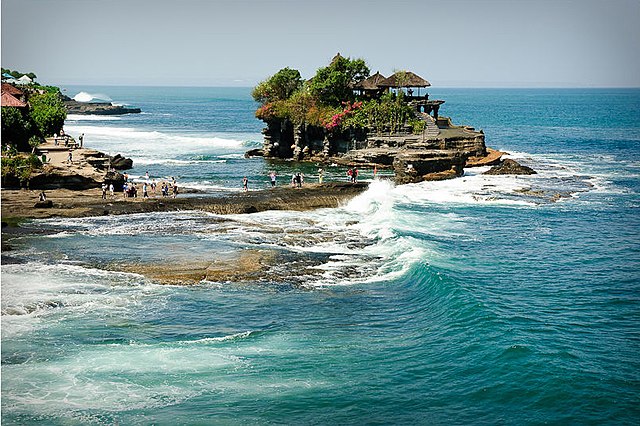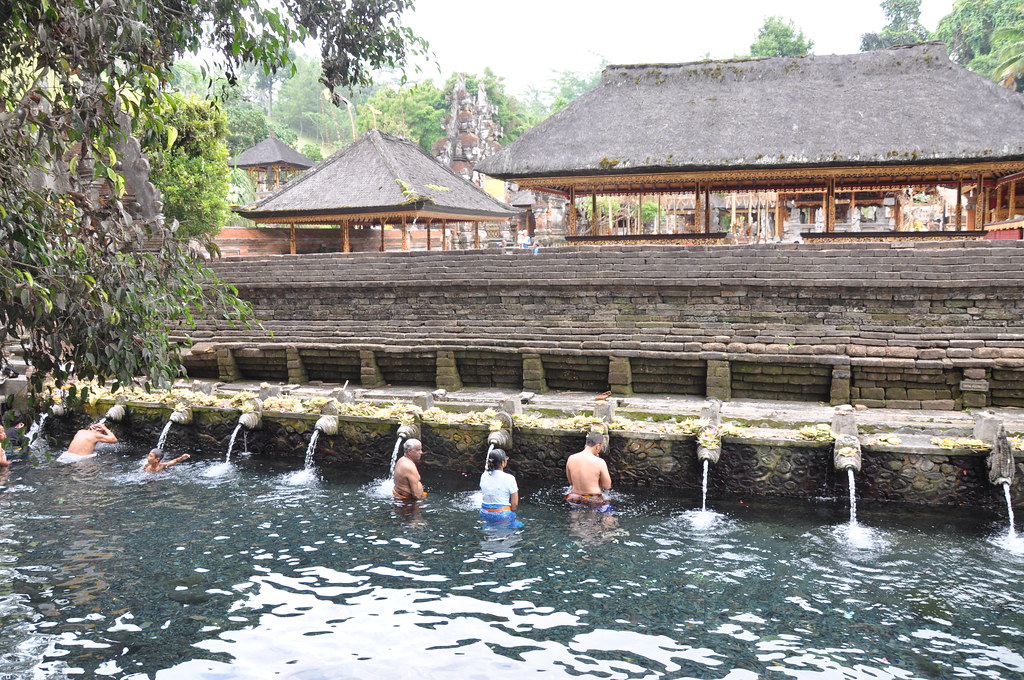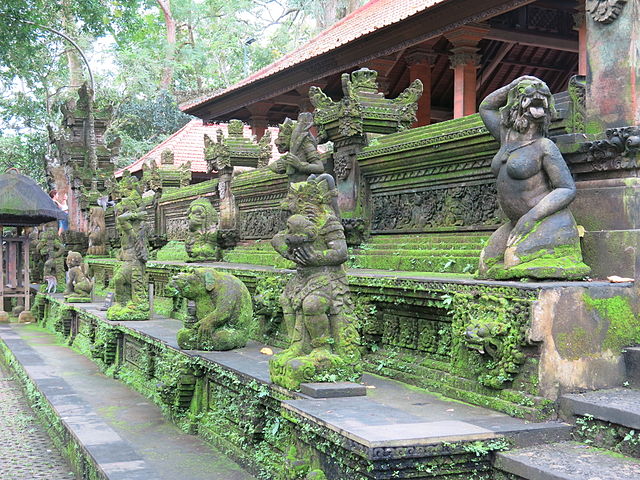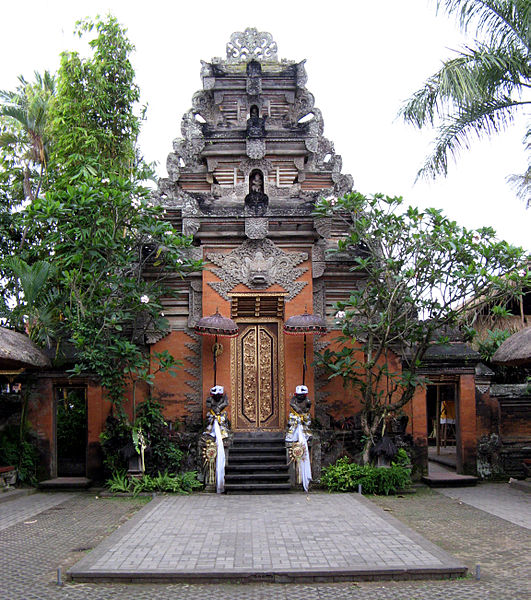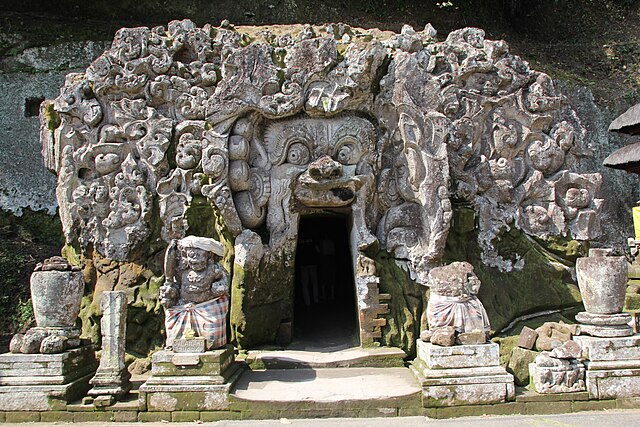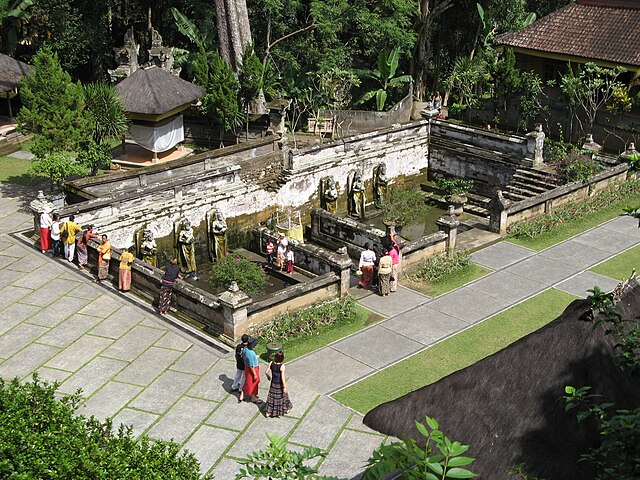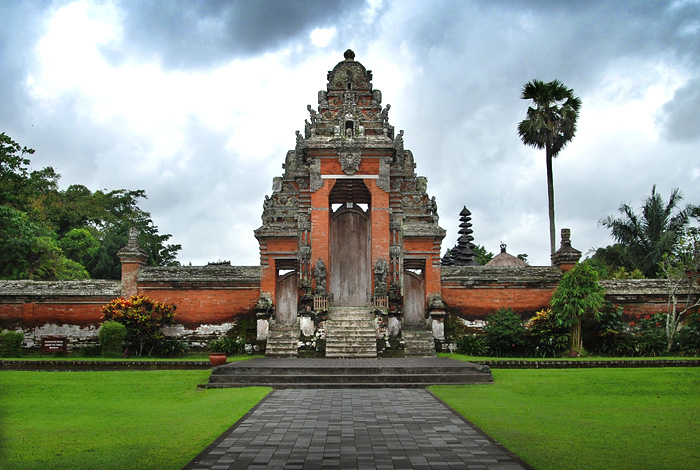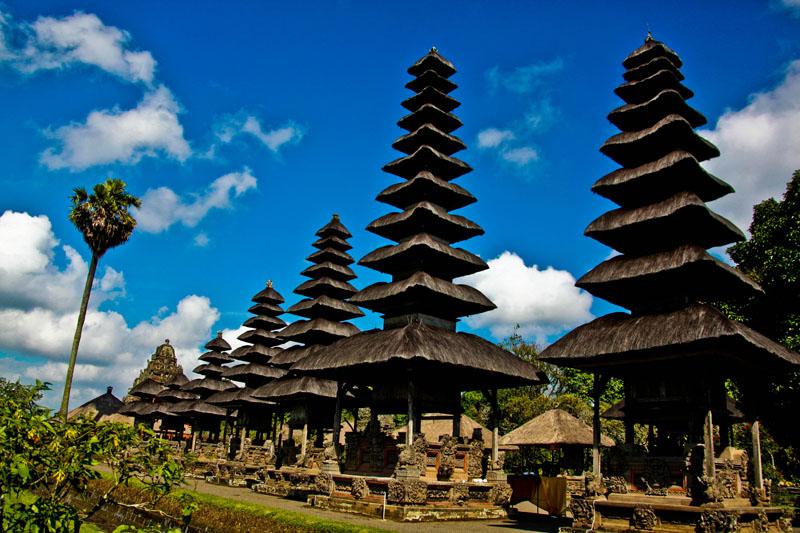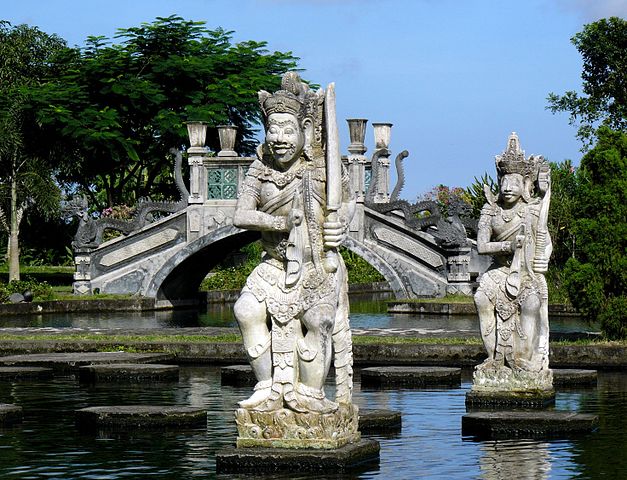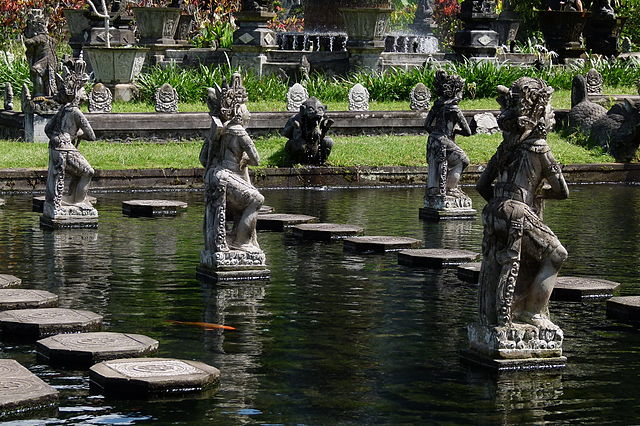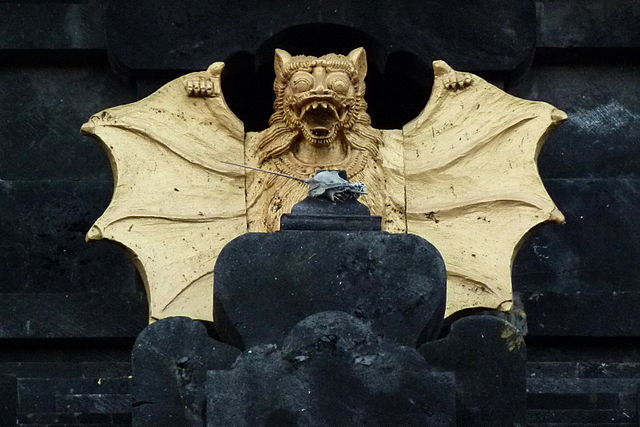Bali, an Indonesian island in the South Pacific, is one of the most amazing places on earth. Millions of travelers visit the island every year. It has beautiful beaches, terraces embroidered with green rice paddies and lush vegetation. The island is also renowned for its highly developed arts.
Kuta, Kediri
With a long broad Indian Ocean beach-front, Kuta was originally discovered by tourists as a surfing paradise. The beach has been notable since early 1970s. Kuta beach is also known as Sunset Beach, as opposed to the Sunrise Beach, another name for Sanur Beach. Luxury resorts, restaurants, and clubs are located along the beach.
Legian Road or Jalan Legian is the main street that runs north-south from Kuta to Seminyak. Legian Road contains a variety of shops, bars, hotels and dance clubs. Its proximity to the beach and its prominent night life make it a popular tourist destination. Legian is well known for shopping and partying, with many areas offering traditional market shopping where shop owners are amenable to haggling and usually give shoppers an initial inflated price.
Tanah Lot is a rock formation off the Indonesian island of Bali. It is home to the pilgrimage temple Pura Tanah Lot, a popular tourist and cultural icon for photography. Tanah Lot is claimed to be the built in the 16th-century. The area leading to Tanah Lot is quite commercialized and people are required to pay to enter the area. To reach the temple, visitors must walk through a set of Balinese market-format souvenir shops which cover each side of the path down to the sea. There are restaurants on the mainland clifftops. Sunset is around 6pm to 6:45pm.
South Kuta, Kuta Sel.
Uluwatu Temple is a Balinese sea temple in Uluwatu, Kuta South. The temple is built at the edge of a 70 meter (230 ft) high cliff or rock projecting into the sea. Though a small temple was claimed to have existed earlier, the structure was significantly expanded by a Javanese sage, Empu Kuturan in the 11th Century. The temple is inhabited by monkeys.
Jimbaran is a fishing village and tourist resort. Located south of Ngurah Rai International Airport, the Jimbaran Beach has seafood restaurants and luxury hotels. Diners select the live seafood that they wish to eat, and it is immediately prepared, generally grilled over a fire of coconut husks rather than charcoal. Visitors can enjoy a beautiful sunset while sitting at a candle light table with toes in the sand.
Tampaksiring, Tegallalang, Ubud, Sukawati
Tirta Empul temple is a Hindu Balinese water temple located near the town of Tampaksiring. The temple compound consists of a petirtaan or bathing structure, famous for its holy spring water, where Balinese Hindus go to for ritual purification. The temple pond has a spring which gives out fresh water regularly, which Balinese Hindus consider to be holy.
Gunung Kawi is an 11th-century temple and presumed to be the burial complex of King Anak Wungsu and his many wives. It is one of Bali's oldest and largest ancient monuments. The structures are carved into the sides of a steep river valley, and the river crossed by twisting trees and vines.
The Ubud Monkey Forest is a nature reserve and Hindu temple complex in Ubud. The village's residents view the Monkey Forest as an important spiritual, economic, educational, and conservation center for the village. The Monkey Forest grounds are home to three Hindu temples, all said to be constructed around 1350.
Goa Gajah, or Elephant Cave, was built in the 9th century, it served as a sanctuary. At the entrance of the cave is a relief of various menacing creatures and demons carved right into the rock at the cave entrance. The primary figure was once thought to be an elephant. Goa Gajah is a UNESCO World Heritage site.
Kintamani, Baturiti, Mengwi
Abang, Kec. Karangasem, Manggis, Dawan
Tirta Gangga is a former royal palace in eastern Bali, Indonesia, about 5 kilometres from Karangasem, near Abang. It is noted for its water palace, owned by Karangasem Royal. Tirta Gangga water palace is a maze of pools and fountains surrounded by a lush garden and stone carvings and statues. The area around Tirta Gangga is noted for its rice paddy terraces.
Ujung Water Palace was built by the King of Karangasem, I Gusti Bagus Jelantik, in the early 1900s. This palace is a privately owned by Karangasem Royal. The palace was almost entirely destroyed by the eruption of Mount Agung in 1963 and earthquake in 1975, it has since been restored.
The Blue Lagoon Beach is located on the East side of Bali. There's not as many tourists. The beach is a pleasant, small covey beach, great for snorkeling. It is a hidden gem. Best way is to enter on the far left side, where there is a coral-less canal that leads to the snorkeling site.
Nusapenida
Nusa Lembongan is an island located southeast of Bali. The island is a world away from the hassle and hectic pace of South Bali. Neither street vendors nor busy traffic mar the beautiful scenery. Main activities on the island include surfing, diving and snorkeling. The water is some of the clearest you will find anywhere, with a vivid aqua blue in color. Popular beaches are Mushroom Beach and Dream Beach. The most convenient way to reach this island is by boat. Most of the scheduled fast boat services leave from Sanur Beach at the end of Jalan Hangtuah, or from Benoa Harbour. Cost is around $20 per person one way, travel time is about 30 minutes. Some companies also offer tour to the island.










